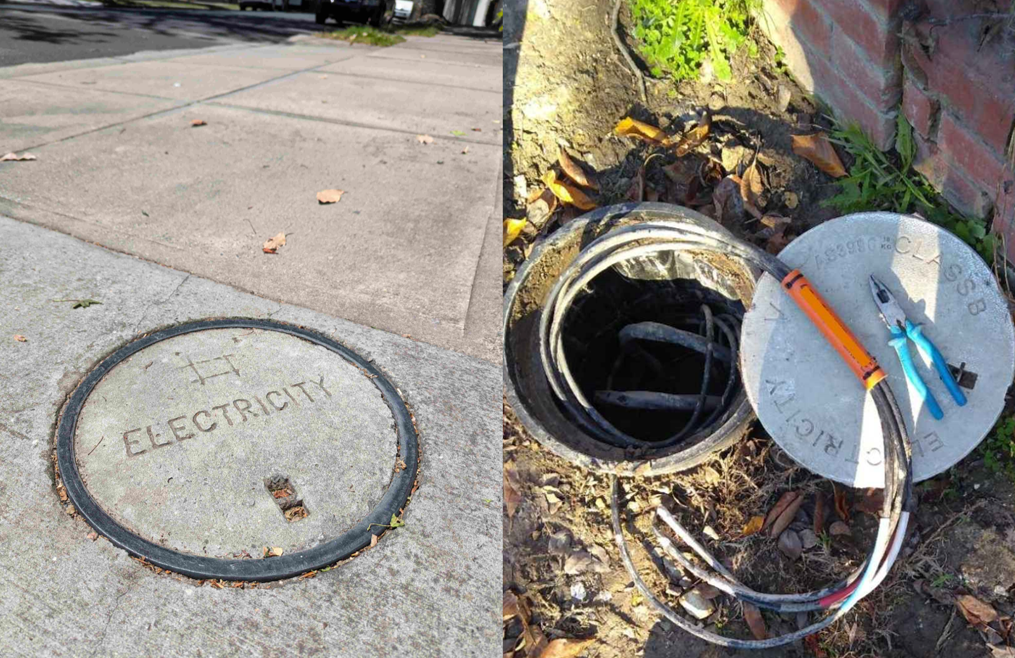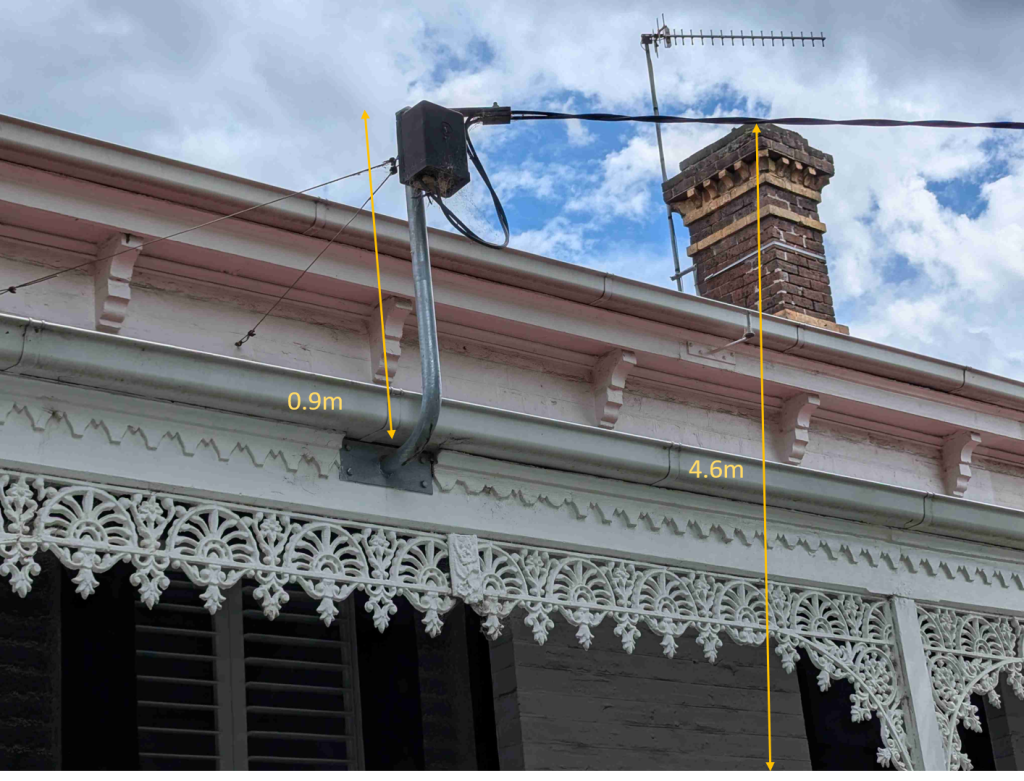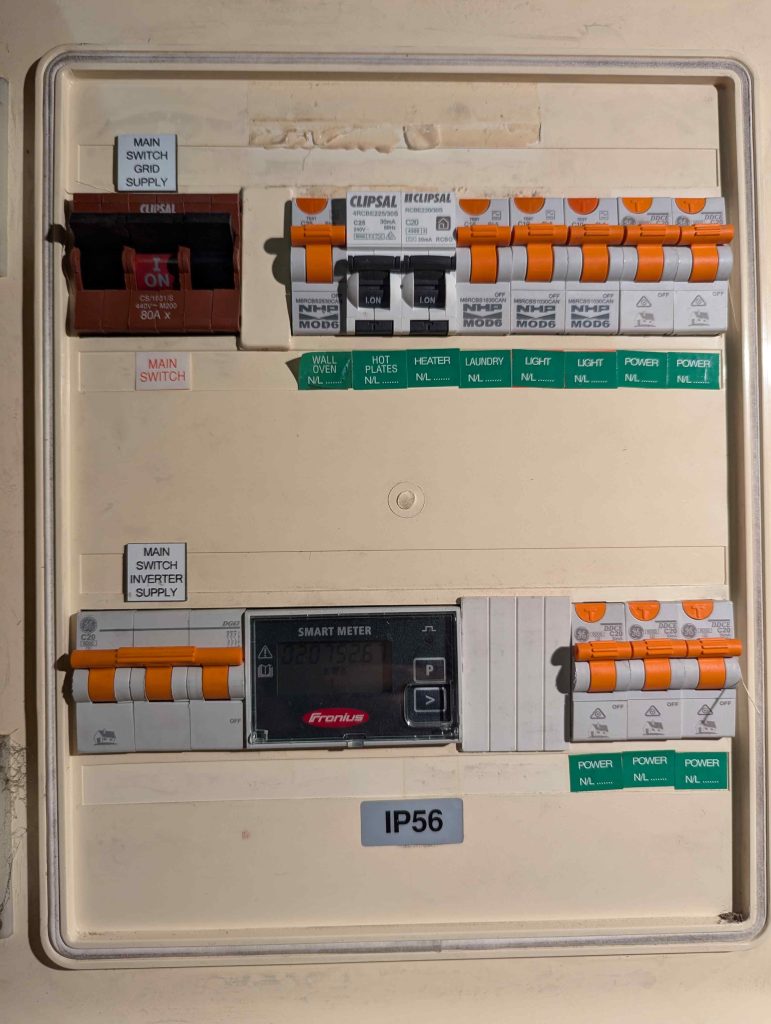
Power Major Appliances
Ask for a maximum power demand assessment for your home if you are planning to change over major gas appliances to electric including:
- Heat pumps
- Induction cooktop
- Electric vehicle charger
- Solar system
Report & Recommendations
Receive a report of your maximum power demand covering:
- Your home’s maximum load capacity
- Existing and forecast demand
- Upgrade recommendations for new major appliances with budget estimates
Why it Matters
Planning for your maximum power demand going forward will ensure that your new major appliances operate efficiently, effectively, and that you will avoid more costly upgrades later.
Adding new major appliances increases your maximum power demand even if they are energy efficient. Solar power and battery storage will offset much of this.
However, power demand from your switchboard to your major appliances will remain.
Avoid potential issues such as:
- Safety risks
- Switches tripping
- Voltage drops (causing appliances to operate inefficiently with shorter lifespan)
- Non-compliance with manufacturer’s specifications and warranty conditions
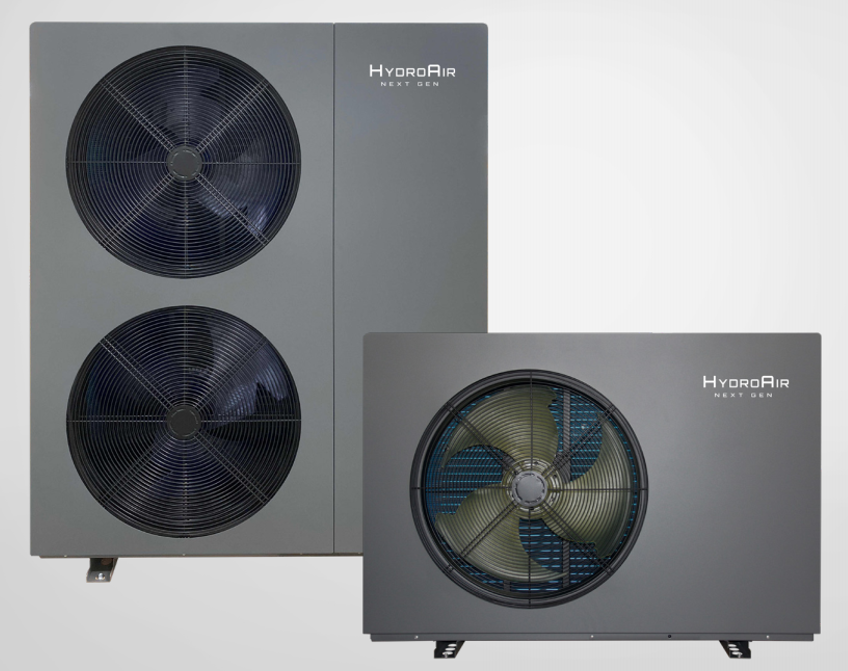
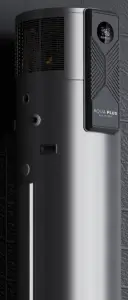
Assessment Overview
A maximum power demand assessment includes the following:
- Inspection:
- Switchboard type and capacity
- Power supply type (1 or 3 phase)
- Metering configuration
- Identification:
- Maximum grid supply capacity
- Solar inverter/s type and capacity
- Recording of all existing circuit loads
- Evaluation and recording of existing and planned major appliance loads
Load Calculations
Load calculations and future demand planning are done in accordance with standard AS/NZS 3000 and your local power distributor. This includes detailed demand and diversity calculations to estimate your realistic maximum power load.
The calculations factor in the likely run times of major appliances and that not everything runs at the same time.
Assessment Objectives
The key assessment objectives are these:
- Determine your total expected power load now and with new major appliances added
- Identify if your power supply cabling or other cabling needs upgrading
- Determine if you need a switchboard upgrade
- Propose cost-effective alternative options such as load management systems
- Consider whether a 3-phase power upgrade may be warranted
A maximum power demand assessment will guide you to the appropriate power supply for your appliances to operate efficiently and effectively.
It will help you avoid a more expensive power upgrade than is needed.

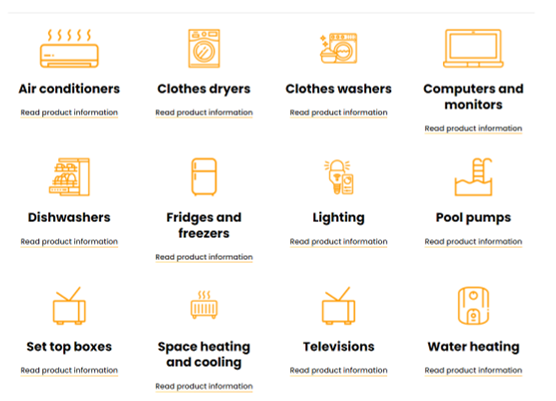
Power Supply Profile
Here’s a typical power supply profile for a range of 3 & 4 bedroom homes in Australia:
- Older homes with gas appliances for heating, cooking and hot water: 32 to 40 amps, 1-phase
- Most homes with some gas appliances: 63 to 80 amps, 1-phase
- Modern homes with reverse-cycle air conditioning installed: up to 100 amps, 1-phase
- All-electric home with heat pumps, induction cooktop, EV charger, etc, 120 amps, 3-phase via 3 cables of 40 amps each
3-phase Power Benefits
3-phase power supply provides stable power voltage for major appliances to operate more efficiently with lower operating costs. Power is distributed evenly across each of the 3 cables.
Cost of 3-phase Power Upgrade
The cost of upgrading to 3-phase power depends on a number of factors including:
- Distance to the power lines
- Overhead or underground power
- Switchboard replacement
- Power distributor charges
Read More
Cost of Assessment
The likely cost of a maximum power demand assessment will be around $400.
Contact us for a complimentary referral.
Hydrosol recommends Bryd Electrical for maximum power assessments in Melbourne.
